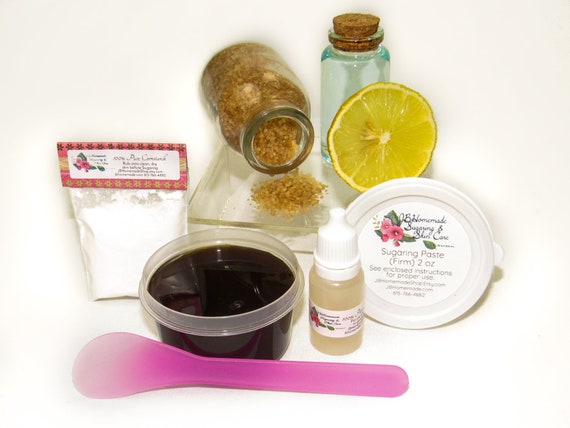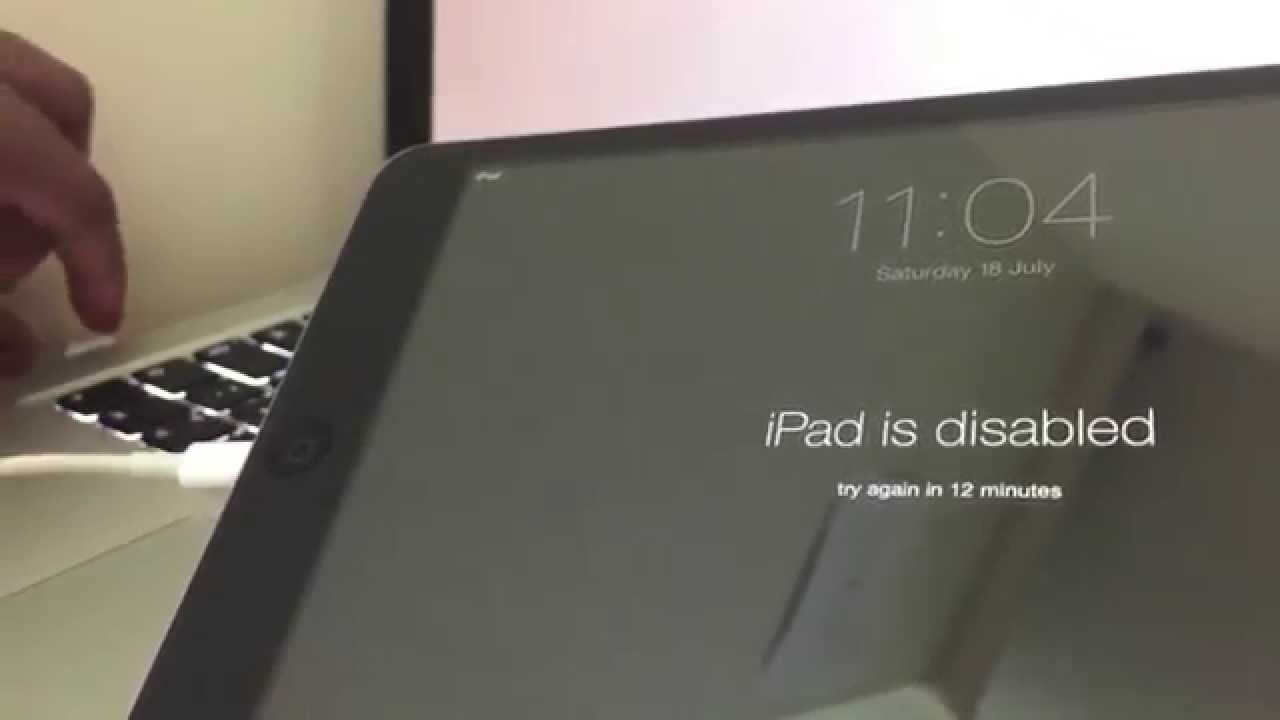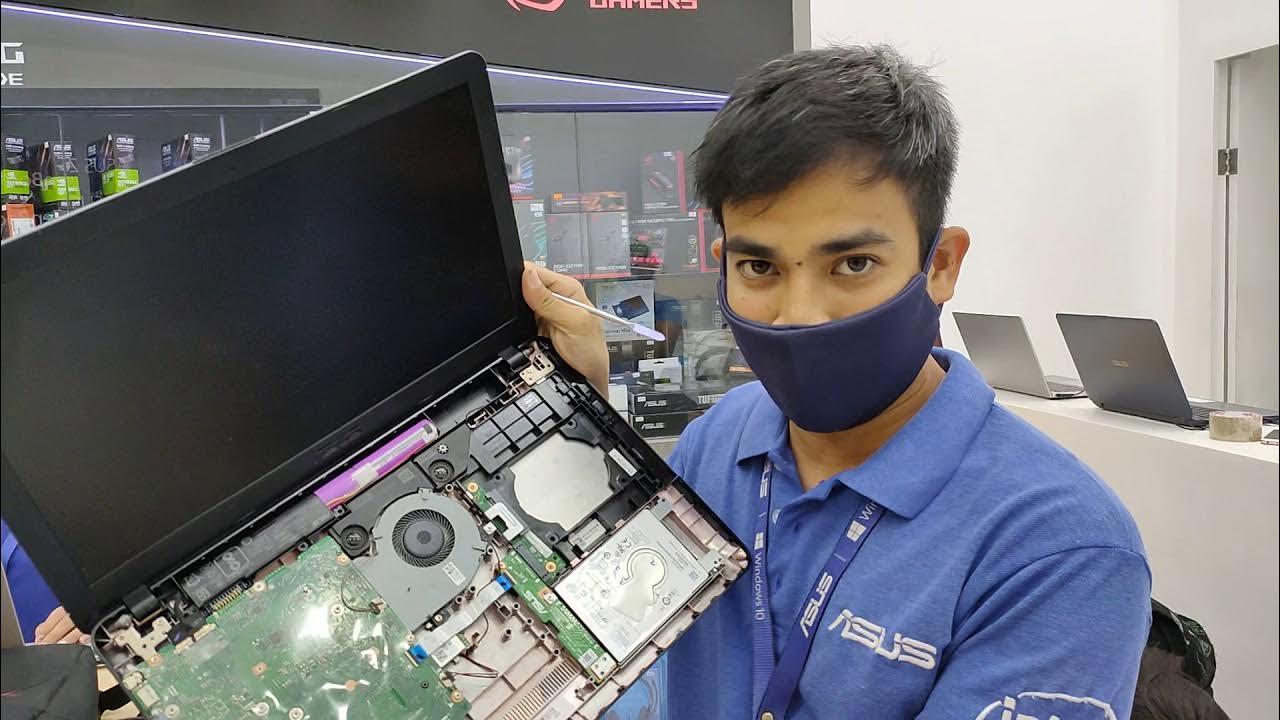Sugaring typically lasts between 4-6 weeks on average. Here is a concise, SEO friendly answer to the question on the longevity of sugaring.
Now, let’s delve into the details. Sugaring is a popular hair removal method that has been practiced for centuries. It involves using a natural paste made from sugar, water, and lemon juice to remove hair from the root. Unlike traditional waxing, sugaring is less painful and results in smoother, longer-lasting hair-free skin.
But how long does the effect of sugaring last? We will explore the factors that influence the longevity of sugaring, tips to make the results last longer, and when it is time for your next sugaring session. So, let’s get started and discover how long the effects of sugaring can last.

Credit: m.facebook.com
Benefits Of Sugaring
When it comes to hair removal, sugaring is a popular choice among both women and men. Not only does it effectively remove unwanted hair from the root, but it also offers several benefits for the skin. In this blog post, we will explore the many advantages of sugaring, from its gentle nature to the long-lasting results and even the reduction in hair growth over time.
Gentle On The Skin
- Sugaring is a gentle method of hair removal that is suitable for all skin types, including sensitive skin.
- Unlike waxing, which can sometimes cause irritation and redness, sugaring is less likely to irritate the skin.
- The sugar paste used in sugaring is made from natural ingredients such as sugar, water, and lemon juice, making it a safe and chemical-free option.
- It adheres only to the hair and not the skin, reducing the risk of pulling or damaging the skin during the hair removal process.
- With its gentle nature, sugaring is ideal for those with delicate areas of the body, such as the bikini line or underarms.
Longer Lasting Results
- When compared to traditional methods like shaving or depilatory creams, sugaring offers longer-lasting results.
- Since the hair is removed from the root, it takes longer for new hair to grow back, resulting in smoother skin for an extended period.
- On average, sugaring can keep the skin hair-free for up to six weeks, depending on individual hair growth cycles.
- Regular sugaring sessions over time can lead to finer and sparser hair growth, further prolonging the time between hair removal treatments.
Reduced Hair Growth
One of the unique benefits of sugaring is its potential to reduce hair growth over time. As the hair is removed from the root, the follicle weakens, leading to lighter and softer regrowth. With regular sugaring sessions, the hair follicles may even stop producing hair altogether. This reduction in hair growth not only means longer periods between treatments but also results in thinner and less noticeable hair.

Credit: www.amazon.com
Factors Affecting The Longevity Of Sugaring
Sugaring longevity depends on factors like hair growth rate, technique used, hair thickness, and individual skin types.
Factors Affecting the Longevity of Sugaring When it comes to sugar hair removal, many factors contribute to the longevity of the results. Hair texture and thickness, proper technique and application, and skin type and condition all play a role in how long sugaring lasts. By understanding these factors, you can maximize the effectiveness of sugaring and enjoy smooth, hair-free skin for as long as possible. H3: Hair Texture and Thickness The texture and thickness of your hair are important factors in determining how long the results of sugaring will last. Coarse and thick hair tends to be more stubborn and may require more time and effort to remove completely. On the other hand, fine and thin hair is more easily removed and may result in longer-lasting smoothness. Factors such as genetics, hormonal imbalances, and health conditions can also affect hair texture and thickness. H3: Proper Technique and Application The way sugaring is performed also impacts the longevity of the results. Proper technique and application ensure that the hair is removed from the root, preventing quick regrowth. The practitioner should apply the sugar paste in the direction of hair growth and remove it in the opposite direction with a quick flicking motion. This technique helps to remove the hair completely and minimize breakage, leading to longer-lasting results. Additionally, the practitioner should make sure to exfoliate the skin before sugaring to remove any dead skin cells and allow for better adhesion of the sugar paste. H3: Skin Type and Condition Your skin type and condition also affect how long sugaring lasts. Dry or dehydrated skin can hinder the effectiveness of sugaring, as the sugar paste may not adhere properly. Therefore, it is important to keep your skin well-moisturized and hydrated before and after sugaring. Additionally, skin conditions such as eczema, psoriasis, or inflamed follicles may make sugaring more challenging and potentially decrease its longevity. If you have any underlying skin conditions, it is advisable to seek advice from a dermatologist before undergoing sugaring. In conclusion, understanding the factors that affect the longevity of sugaring can help you achieve longer-lasting smoothness. Hair texture and thickness, proper technique and application, and skin type and condition all play crucial roles in determining how long the results will last. By considering these factors and adopting the appropriate practices, you can optimize the benefits of sugaring and enjoy hair-free skin for an extended period.How Long Does Sugaring Last?
When it comes to hair removal, many people are seeking long-lasting results that minimize the need for frequent maintenance. One popular method that offers both effectiveness and endurance is sugaring. But exactly how long does sugaring last? Let’s explore the answers to this question along with some valuable maintenance tips to extend the duration of your hair-free skin.
Duration Of Hair-free Skin
The duration of hair-free skin after sugaring can vary from person to person, depending on various factors. Typically, the results can last anywhere from two to six weeks. However, it is important to note that individual hair growth patterns, hair thickness, and the area being sugared can influence the longevity of the results.
To better understand the expected duration of hair-free skin, let’s break it down based on the area being treated:
| Area | Expected Duration |
|---|---|
| Face | 2-4 weeks |
| Arms and Legs | 4-6 weeks |
| Bikini Area | 3-5 weeks |
| Underarms | 3-5 weeks |
Remember that these are general estimations and can vary based on factors unique to each person.
Maintenance Tips To Prolong Results
If you want to maximize the longevity of your sugaring results, here are some maintenance tips to keep in mind:
- Exfoliate before and after sugaring to prevent ingrown hairs and promote smoother skin.
- Avoid using harsh products or exfoliants immediately after sugaring as it can irritate the skin.
- Moisturize regularly to keep your skin hydrated and supple.
- Avoid picking at or scratching the treated areas to prevent any potential skin damage.
- Consider scheduling regular sugaring sessions to maintain hair-free skin consistently.
By following these maintenance tips, you can significantly prolong the results of your sugaring sessions and enjoy smoother, hair-free skin for longer periods.

Credit: www.etsy.com
Comparison With Other Hair Removal Methods
Sugaring, a hair removal method, offers long-lasting results, typically lasting up to four weeks. This natural technique effectively removes hair from the root, providing smoother and softer skin for an extended period compared to other hair removal methods.
Sugaring Vs Waxing
When it comes to hair removal methods, sugaring and waxing are often pitted against each other. Both techniques have their own merits, but let’s delve into the key differences to help you make an informed choice.
Sugaring: Sugaring involves a mixture of natural ingredients, such as sugar, lemon juice, and water, that is heated into a paste-like consistency. This paste is then applied to the skin in the direction of hair growth and swiftly removed against the direction of hair growth, uprooting the hair from the roots.
Waxing: Waxing, on the other hand, uses a sticky substance made from resin or wax that is applied to the skin and quickly ripped off, pulling the hair from the follicles. It is a popular method that is widely available in salons and spas.
Now, what sets sugaring apart from waxing? One of the main advantages of sugaring over waxing is that the sugaring paste adheres only to the hair, not the skin. This means less irritation and discomfort, especially for those with sensitive skin. Additionally, since the paste is water-soluble, any residue left behind can be easily washed off with warm water.
In contrast, waxing often involves applying hot or warm wax onto the skin, which can result in redness, inflammation, and even burns, especially if not done correctly. Wax residue can also be more stubborn to remove, requiring the use of special removers or oils.
Sugaring Vs Shaving
Another hair removal method commonly compared to sugaring is shaving. Let’s take a closer look at how these two techniques measure up:
Sugaring: Sugaring is known for its long-lasting results. Since the hair is removed from the root, it takes longer for it to grow back, typically around 4 to 6 weeks. The repeated removal of hair from the root can also lead to finer regrowth over time, making it an ideal choice for those who want to reduce the density of their hair.
Shaving: Shaving, on the other hand, involves cutting the hair at the skin’s surface, leaving the root intact. While it offers immediate results, hair regrowth occurs fairly quickly, typically within a few days. Regular shaving can also result in stubble, ingrown hairs, and rougher regrowth.
Ultimately, the choice between sugaring and shaving comes down to personal preference and individual needs. If you are seeking longer-lasting results and want to reduce the density of hair over time, sugaring may be the more suitable option. On the other hand, if you prefer a quick and easy method for temporary hair removal, shaving can be a convenient choice.
Frequently Asked Questions For How Long Does Sugaring Last
How Long Does Sugaring Last?
Sugaring typically lasts between 2-4 weeks, depending on factors such as individual hair growth cycles. It’s a semi-permanent hair removal technique that removes hair from the root, resulting in slower regrowth compared to traditional shaving. With regular sugaring sessions, you can gradually weaken hair follicles, leading to finer and sparser hair over time.
Conclusion
To sum up, the duration of sugaring largely depends on various factors like individual hair growth rate, skin type, and aftercare routine. Generally, the results from sugaring can last anywhere from three to six weeks, providing a longer-lasting alternative to traditional methods of hair removal.
Incorporating proper exfoliation and moisturization post-treatment can help extend the longevity of smooth, hair-free skin. So, embrace the effectiveness and longevity of sugaring to achieve that desired hairless state.
- The Power of Mobile Accessibility And Real-Time Tracking for Trucking Operations - November 6, 2024
- Why Ease of Use is Crucial in Trucking Dispatch Software - September 22, 2024
- Better Communication With Dispatchers: How Trucking Dispatch Software Can Optimize Operations - September 7, 2024


